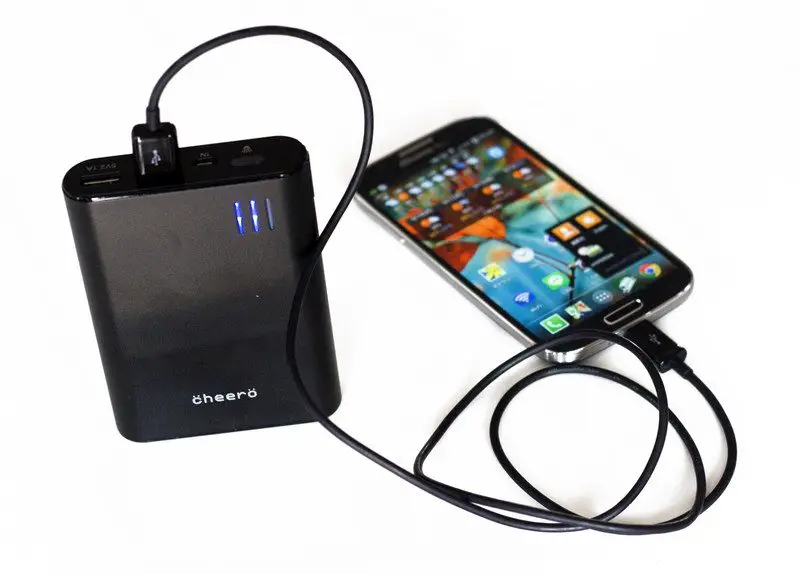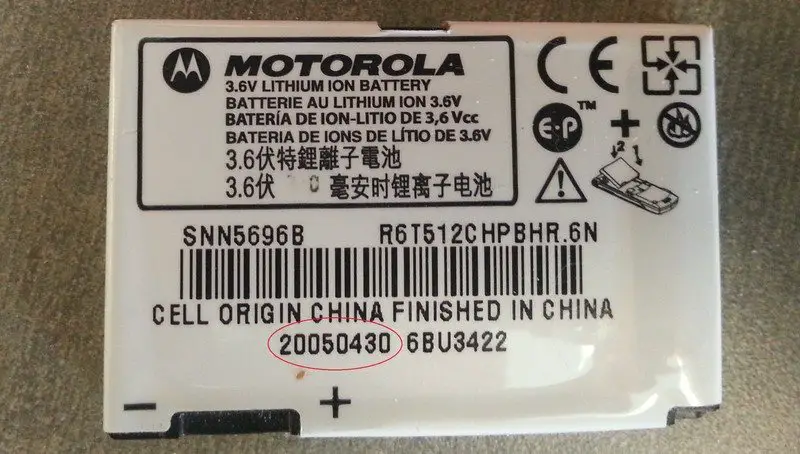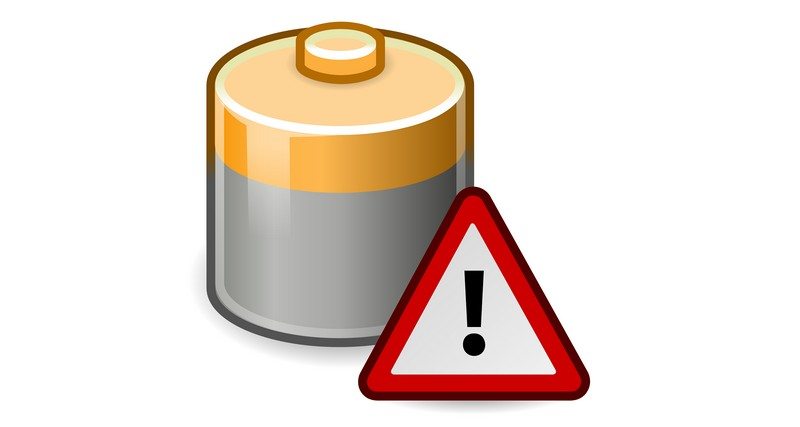Gone are the days when your mobile/cell phone was just that… a phone. We use them as our camera, GPS, weather station, chat tool, browser and, it seems, a zillion other things. The problem, of course, is that all this extraneous use means that when it comes to actually making a call, we may not have any battery power left! Obviously, the first step in conserving battery life is to close all the apps you’re not using right now. Surprise yourself… hold down the home key and see how many apps show up as active!

Those are measures for surviving the day when you can’t access a power outlet. But with batteries only designed to sustain a certain number of cycles before total failure, how can you ensure maximum performance over the life of the battery?
The power in a lithium-ion battery is created as the ions move between the positive and negative electrodes – a cathode and anode – giving out the energy that is used to power your device. When the battery is connected to a charger, the ions move in the opposite direction, essentially reversing the chemical reaction. Over time, the electrodes are worn out and the battery loses capacity.
Here are four tips to keep in mind to maximise your lithium-ion battery’s life span, whether it be for your smart phone, tablet, laptop or your electric car…
Contents
Think of them as dairy products!

All batteries deteriorate, whether they are being used or not. And a lithium-ion battery self-discharges as soon as they are produced! This is why manufacturers indicate not just cycle life but also the expected calendar life of a battery. This is similar to the expiration date of dairy products. So when buying a new lithium-ion battery, choose one that has the most recent manufactured date.
Keep batteries at room temperature.
Heat is the biggest factor that reduces the lifespan of a lithium-ion battery. As much as possible, choose an operating environment that is consistently between 20 to 25 degrees Celsius or 60 to 75 degrees Fahrenheit. Warmer environments from the range mentioned cause the protective layer inside the battery to break down. The battery then goes in to self-repair mode as it reconstitutes which, in itself, consumes battery power. When put in colder environments, the chemical reactions inside slow down and this causes a problem on the battery when in use. Just imagine cars during rush hour in a town with many roadblocks.
Partial discharging is better.

Most of us would think that partial charging and discharging is bad for batteries. While this is true for nickel cadmium and other older battery types, partial discharging is actually better for lithium-ion batteries. In fact these batteries degrade most when they are kept fully charged. Surprising isn’t it? We’ve been charging our lithium-ion batteries the wrong way!
So if you are going to leave your battery for a long time without use, for example, a business only mobile stored over a weekend, it’s best to keep the charged state low, at around 20 to 40 percent. It also helps to store them in a cool, dry place.
On the other hand, if you’re a heavy user and tend to spend a lot of time tethered to a power point, charging and discharging it a bit at a time, try to keep it close to 50 percent as much as possible. This is better than maintaining batteries at 90 to 100 percent.
BUT, as experts advise, it is best to allow batteries to discharge almost completely AFTER about 30 charges. This is because continuous partial discharging causes “digital memory” which decreases the accuracy of your device’s power gauge. By letting it discharge to the cutoff point before recharging it, you allow its power gauge to be reset.
Lastly for this tip, do NOT completely discharge a battery. If you let your lithium-ion battery discharge below 2.5V per cell, a safety circuit installed inside will be activated and your battery will be “dead”. You won’t be able to charge your battery — only battery analyzers with boost function can recharge batteries that have reached this stage.
Now before we head over to the last tip, let’s talk a bit more about charging concerns that you may have in mind:
First, for people who are afraid to borrow chargers of a different brand, is that it doesn’t matter what charger you are using. Off-brand chargers are unlikely to do any damage to your battery. So if you’re outside or traveling and you forgot to put your charger in your bag, you can definitely borrow from a friend without harming your battery.
However, using fast chargers or wireless chargers is not good for your battery. Both of these overtax the electrode chemistry inside, which results in your battery running out of juice more quickly.
No stress.
This last tip is all about power draw. Forcing your battery to provide high power and charge quickly is like heating and cooling simultaneously. You are breaking and rebuilding its protective layer at the same time and this destroys your battery. This habit is one of the fastest ways to decrease you battery’s capacity, so try not to stress your battery out at any one time.
These tips should be taken as general pointers only as, although they apply to the most common types of lithium-ion batteries, there are a few other types which have slightly different characteristics. If in doubt, it is always best to ask the manufacturer for guidance.
Hope that helps :) If you have any other suggestions or tips, why not add them below?
BTW…
Researchers at Japan’s Kogakuin University have shown a working prototype of a lithium-ion battery that charges itself using only light! In a demonstration, they showed the battery charging in light less than 1/10 of daylight equivalent. Imagine a car that charges itself as it drives down the road! As always, we live in amazing times!






